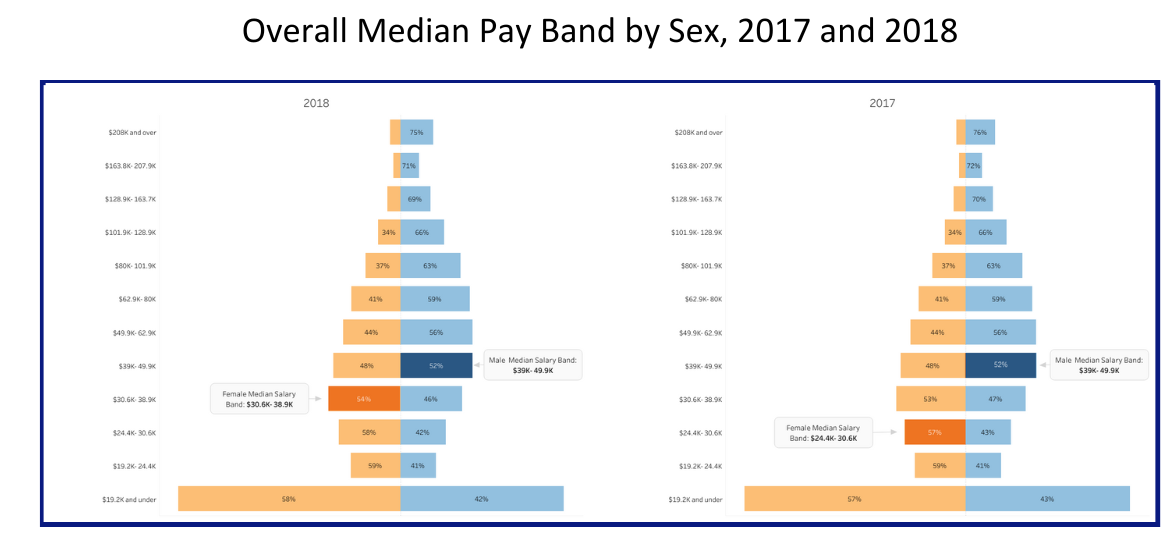Pay disparity between men and women is an ongoing issue that remains pertinent today. According to data available on the U.S. Equal Employment Opportunity Commission (EEOC) Pay Data Dashboard, the median pay for men remained higher than women for the years 2017 and 2018, a fact reflected in various industries and job categories.
The battle for equal pay for equal work has a long history. The first milestone in this journey was the Equal Pay Act of 1963, a landmark law that prohibited sex-based wage discrimination between men and women who perform jobs that need similar skills, effort, and responsibility under similar working conditions.
Subsequent laws such as the Civil Rights Act of 1964, specifically Title VII, further reinforced this protection, making it illegal to discriminate based on sex, race, color, national origin, and religion. The Lilly Ledbetter Fair Pay Act in 2009 further cemented the efforts for equal pay by allowing individuals who face pay discrimination to seek rectification in courts.
While these laws were all steps in the right direction, the pay data suggests that disparity still exists. However, it’s important to note that this doesn’t mean the laws have failed. Instead, it reflects the complexity of the issue which is deeply rooted in culture and society. It also shows the importance of continuous struggle and the necessity for monitoring and strict implementation of these laws.
For women facing wage discrimination, the Equal Pay Act provides a legal basis for claiming their rights. Women can file a complaint with the EEOC, or can also, under the provisions of the Lilly Ledbetter Act, sue their employers in court for pay discrimination. Therefore, laws guaranteeing equal pay for equal work have played, and continue to play, a pivotal role in the fight against pay disparity.
Ultimately, change takes time and effort. While the laws have facilitated some progress, they alone cannot completely eliminate the pay gap. It’s up to each of us to understand the issues, know our rights, and act towards achieving full equality.

